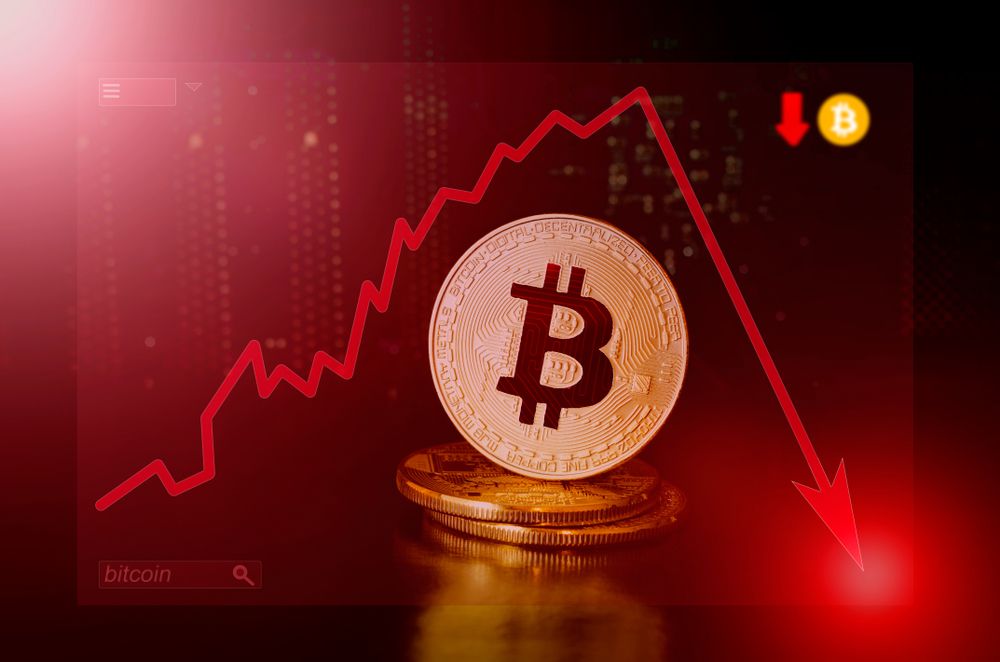Bitcoin Braces for Fed Balance-Sheet Shift as Liquidity Cycle Turns
The Federal Reserve's decision to end its quantitative tightening program has placed the crypto markets at a critical juncture, with investors weighing whether this pivot will reignite Bitcoin's bull run or lead to a repeat of its 2019 post-policy slump.
Federal Reserve Chairman Jerome Powell’s comments on Tuesday hinted at an end to the central bank’s balance sheet reduction, also known as quantitative tightening.
The process is bullish for risk assets like Bitcoin, experts previously told Decrypt. The Fed’s pivot, however, could be a double-edged sword.
Historically, such transitions have initially been met with volatility but ultimately paved the way for capital flows into higher-yielding investments as easing begins.
"Despite a 25bps rate cut, traders are dialing back expectations for further easing, now pricing a lower chance of another cut in December," Riya Sehgal, research analyst at Delta Exchange, told Decrypt. "ETF flows confirm the cautious tone, with Bitcoin funds seeing $197.5 million in outflows and Ethereum funds $66.2 million."
However, the current backdrop, featuring a U.S.-China trade war and political pressure on the Fed, bears a striking resemblance to 2019.
“The parallels are clear: tariff pressure, political interference, and a dovish Fed, but this time Bitcoin sits at the center of global liquidity flows,” Ryan Lee, chief analyst at Bitget, told Decrypt. “Unlike 2019’s pre-institutional market, today’s crypto landscape could amplify upside rather than trigger stress.”
“Things are quite different from 2019’s liquidity cycle,” Sean Dawson, head of research at on-chain options trading platform Derive, told Decrypt, citing key differences in the macroeconomic setup.
Dawson highlighted that the current interest rate of roughly 4% is much higher than the 2.5% seen in 2019, which means “there’s more built-up energy in the markets that can flow into risk-on assets like Bitcoin if rates were to fall.”
An impending leadership change at the central bank involving a Trump-selected replacement will also likely expedite rate cuts, the analyst added, suggesting that this would create a “fiscally loose Fed” that would be “extremely beneficial for Bitcoin holders.”
While Lee acknowledged that the U.S.–China trade tensions and political pressure may cause short-term volatility and lead to a 10% to 15% correction for Bitcoin, he believes “the broader easing cycle sets a supportive tone for risk assets.”
“Options traders are still clamoring for short-term insurance, a sign that the fear from October's crash remains fresh in the market's memory,” Dawson noted, echoing the caution expressed by Lee.
Despite the potential for short-term dips, both experts agreed that the long-term outlook is decidedly bullish, fueled by the new regulatory and macroeconomic reality.
“We’re truly in uncharted waters; the current administration is all in on crypto adoption, coupled with the expectation of lowered rates, which bodes extremely well for Bitcoin,” Dawson said.
Easing from the Fed is required for Bitcoin to break out of $105,000 to $115,000 trading range, the analyst said, forecasting a $200,000 target for the third quarter of 2026, contingent on favorable macroeconomic and geopolitical developments.
Disclaimer: The content of this article solely reflects the author's opinion and does not represent the platform in any capacity. This article is not intended to serve as a reference for making investment decisions.
You may also like
Jiuzi Unveils $1B Bitcoin Treasury with SOLV for Institutional DeFi Expansion

Bitnomial Joins Intermarket Surveillance Group, Paving Way for More U.S. Crypto Spot ETFs

Bitcoin price forecast: BTC could dip lower as ETF demand fades

Zcash price hits new all-time high: how high can the ZEC price climb?

